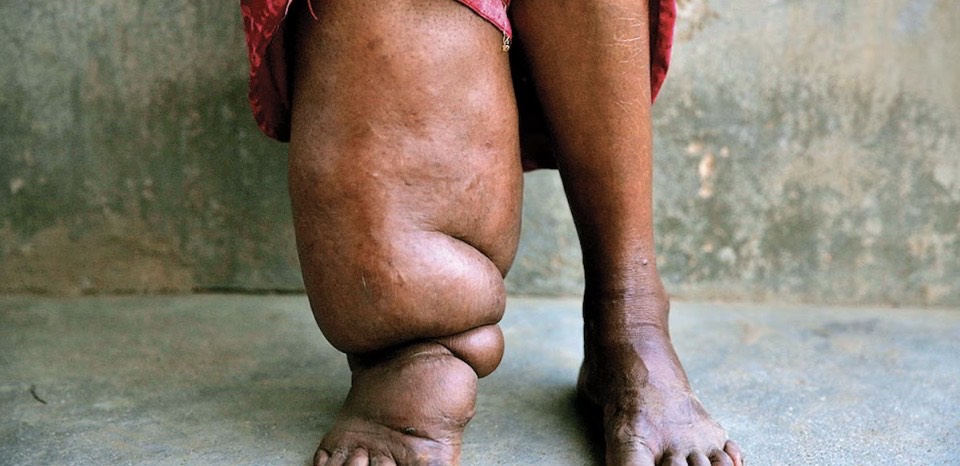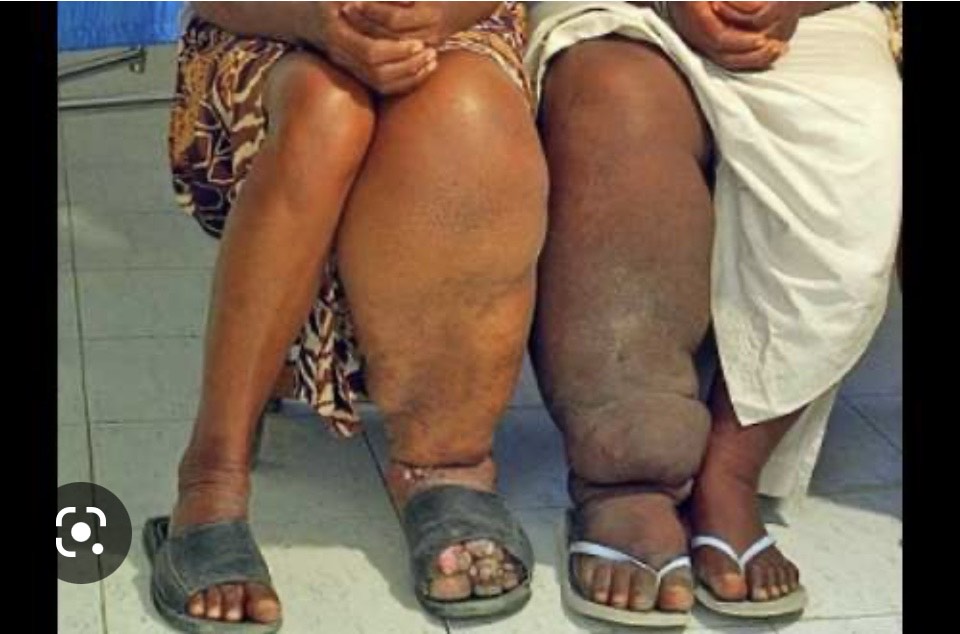Lymphedema
Lymphedema (lim-fa-dee-ma) is an abnormal swelling of the soft tissue. It is caused by the excessive accumulation of protein-rich fluid, that’s usually drained through the body’s lymphatic system. This swelling is commonly seen in the arm or leg, but may also occur in the breast/s, chest, head, neck and genitals. Lymphedema develops when a region of the lymphatic system and lymph nodes are missing or impaired. When that happens, your lymphatic system becomes overloaded with lymphatic fluid. The lymphatic system is responsible for transporting this protein-rich lymph fluid back into the circulatory system. It’s when the lymph vessels are unable to transport this fluid, that a build-up occurs. And that is when swelling occurs and the skin begins to thicken.
Lymphedema is a disease rather than a symptom, and its underlying cause, the insufficiency of parts of the lymphatic system, cannot be reversed.
Lymphedema is often misdiagnosed as well as under-diagnosed. There is no cure for lymphedema, but it can be effectively treated. It will continue to progress without the proper and adequate treatment. Over time, lymphedema (especially if poorly treated) will often result in a number of complications including infections, disfigurement, pain, and disability. In fact, occasionally it is fatal to its sufferers. So, while lymphedema cannot be cured, it can be very effectively managed, allowing lymphedema/lipedema patients to live active and productive lives.
It is estimated that 3-5 million Americans suffer from lymphedema due to a lack of awareness, information, and education (even within the medical community.)
Medical schools give little attention to the lymphatic system and even less to lymphedema. Unfortunately, many patients with abnormal swelling (often in the arm or leg) spend many years not knowing they have lymphedema. They are often given diuretics and/or advice to lose weight. Fortunately, because of lymphedema awareness, more medical and health-care providers are able to provide or suggest a lymphedema diagnosis. With time, those with lymphedema will often seek and investigate this incurable disease and discover that there are good options for them. Eventually many lymphedema patients will often have more information on lymphedema and successful treatments than their doctor and most medical professionals.
With that said, this site is primarily for you to understand your lymphatic system, how it works, and how you can successfully manage your lymphedema with the proper tools available.
First, you may want to know that there are two types of Lymphedema: Primary and Secondary.
Primary Lymphedema
Primary Lymphedema is a lot less common than Secondary Lymphedema. It’s most common in females and estimated that worldwide, it affects 1 in 100,000 people. It occurs when the lymph vessels or nodes did not form properly before birth. In most cases, of Primary Lymphedema, the lower extremities are affected. The most common form of primary lymphedema is called Milroy’s disease or Lymphedema Praecox. The development of abnormalities in the lymphatic system in primary lymphedema are inherited. This means that it can pass from generation to generation. Some genes (ANGPT2, FOXC2, SOX18, VEGFR3 & others) can be involved in the development of the lymphatic system and mutations of any of the genes mentioned, can cause lymphedema.
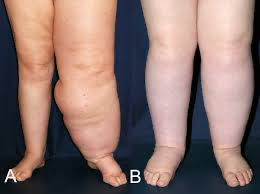
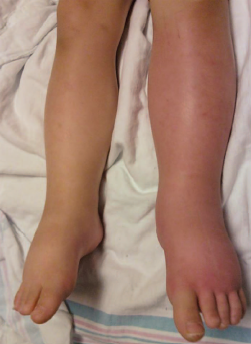
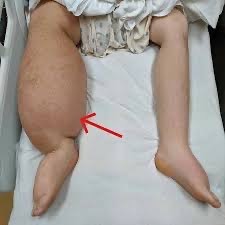
Secondary Lymphedema
Secondary Lymphedema (S.L) is caused by a known insult to your lymphatic system. The most common causes for S.L. include surgery and radiation, trauma, infection, malignant tumors, immobility, obesity, and chronic venous insuficiency (CVI). It is damage to the lymphatic system that causes a disruption or obstruction of a normal functioning lymphatic system. Those obstructions can occur in the extremities; trunk, abdomen, head and neck, and external genitalia. In the United States, the highest incidence of this lymphedema is followed by surgery and radiation for malignancies; especially those affected by breast cancer.




Lymphatic Filariasis
Lymphatic filariasis is the primary cause of lymphedema worldwide. It is a painful and extremely disfiguring disease, and identified as the second leading cause for permanent and long-term disability in the world. It is a tropical disease, endemic in more than 80 countries in Africa, India, Southeast Asia, and South America, as well as in the Pacific Islands and the Caribbean. Filariasis is caused by three types of round parasitic filarial worms, with Wuchereria bancrofti being the most common type. The other types, Brugia malayi and Brugia timori, are endemic to Southeast Asia. Lymphatic Filariasis is transmitted to humans by different types of mosquitos that bite while carrying infective-stage larvae. At the time of the bite, the larvae enter the wound and are deposited in the victim’s skin. From there, the parasitic larvae migrate to the lymphatic system, where, over a period of 6 to 12 months, they develop into adult worms and mate. Male and female worms live together and form “nests” in the lymph nodes and vessels of the lymphatic system. Adult worms can live for approximately 4-6 years; male worms can grow to 3-4 cm in length, and females can grow 8 to 10 cm. During their lifetime inside the host’s lymphatic system, the worms cause dilation of and damage to the lymphatics, restricting the normal flow of lymph fluid and cause swelling, fibrosis, and infections to lymph vessels and nodes (lymphangitis, lymphadenitis.) L.F. is typically diagnosed through blood tests that detect the presence of microfilariae in the blood as well as through antigen detection tests.
L.F. is rare in the United States, and likely those who contract it, will have visited one of the mentioned endemic regions.

